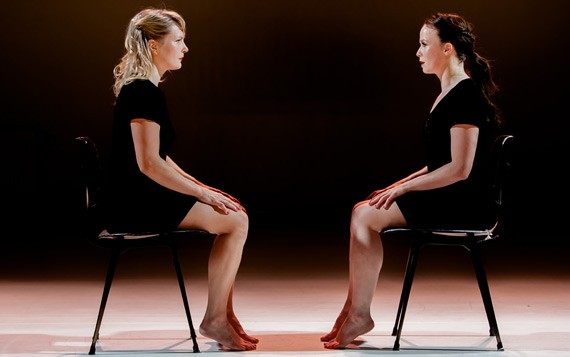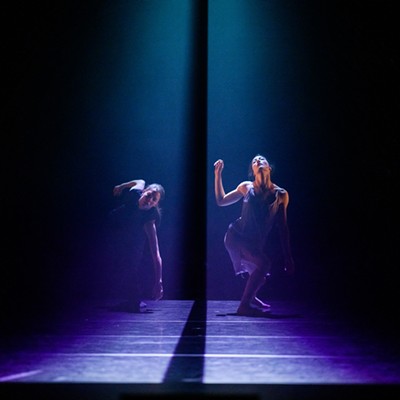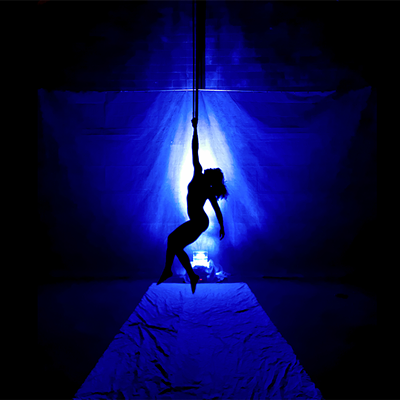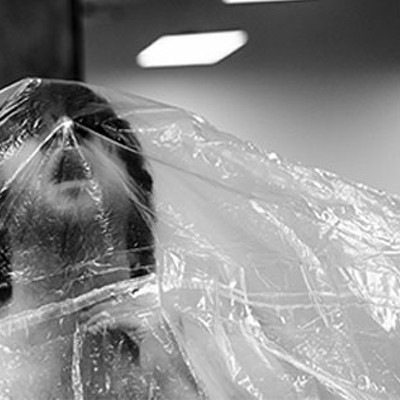From Thursday to Saturday, Live Art Dance presents the North American premiere of a one-hour duet between Finnish-born choreographer Cecilia Moisio and Polish performer Katarzyna Sitarz. Juxtapose is an interdisciplinary feminist dance that’s frilly but fierce, subdued yet savage. Moisio explored these seeming contradictions in a recent conversation (Q&A has been edited and condensed).
How does Juxtapose integrate dance and theatre?
I wanted to see how I could combine the movement and the text at a high level. It’s a composition that’s simultaneous. There’s text, voice, singing, movement and music. It’s very vocal, and there’s a lot of information on prejudice. It’s very intense; it’s a combination of genres in a very specific way.
'Juxtapose by Cecilia Moisio' from Dansmakers on Vimeo.
Are the themes within the piece universal?
Yes. I made it in 2013, but even more recently, a lot of women were attacked in Germany. So themes on a woman’s body—it’s not to be touched, no matter if you’re naked, no matter how you’re dressed, you shouldn’t be violated—those themes were already in the piece, but it stays very relevant because we’re still fighting these things. It’s like, we have to be feminine yet assertive. We’re being objectified and sexualized on a daily basis and yet we’re being treated like little girls. So that’s what I’m playing with in the performance, but I’m also embracing those roles. There’s a lot of cliches.
Do you mean cliches like the colour pink or “the angry feminist”?
Exactly, but you’re allowed to be girly and masculine at the same time. You have that aggressive side as a woman, you’re allowed to show it, even though it’s a “male thing.” But everybody has it in them.
Can you tell me about the 1950s style of the piece?
When I was making this, there was a 1950s trend with female empowerment and, like, Mad Men, which I thought was going back to this kind of innocence. Women weren’t so sexualized, the body wasn’t out there yet, we hadn’t showed tits and ass yet. [Laughs.] But I think we’re back now to a more sexist society. So I’m playing with those ideas.
But isn’t the idea of “innocence” completely artificial?
Yes, women were never “innocent.” They were, of course, suppressed. Women had urges but their sexuality was so long suppressed, the orgasm has only been researched since the ’90s or something ridiculous. But women believed in the system and those values and it was very naive. That’s how we start off the piece: very naive, very open, very blue-eyed to the world. And then we crush the whole thing.













